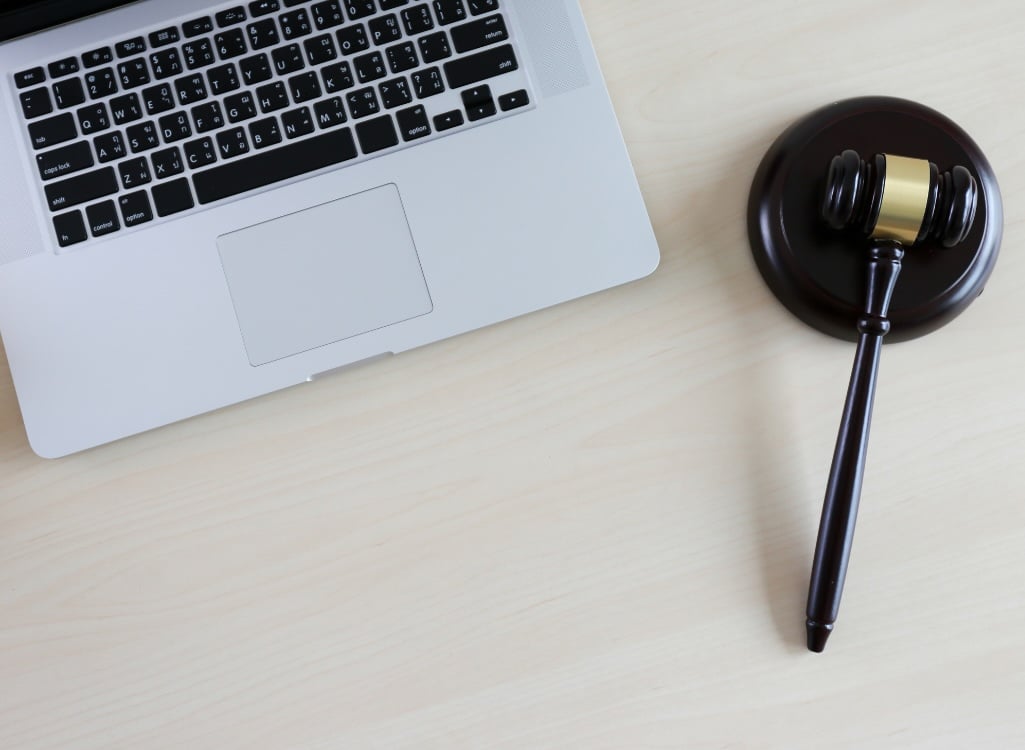Whilst each organisation will be in one of the four sectors of our COVID-19 strategy model and should consider their strategic focus recommendations for each phase, it is also important for them to understand that each organisation will go through a journey in response to COVID-19.
The COVID-19 recovery journey
The COVID-19 recovery journey
Whilst each organisation will be in one of the four sectors of our COVID-19 strategy model and should consider their strategic focus recommendations for each phase, it is also important for them to understand that each organisation will go through a journey in response to COVID-19.

Meet the author
Whilst each organisation will be in one of the four sectors of our COVID-19 strategy model and should consider their strategic focus recommendations for each phase, it is also important for them to understand that each organisation will go through a journey in response to COVID-19. The model below describes that it is firstly about reacting to the immediate impact, secondly about rationalising their business to cope, thirdly to revise their business model in the medium term, and finally, building a renewed business model to flourish in a new world where consumer spending habits have changed and the economy is in a long-term recovery.
Data is fundamental to survival:
Before we begin, and to supplement each stage we later detail, the below steps provide supplementary advice that should be considered by all organisations in each stage of the recovery model.
- Build useful metrics to guide you through each stage, using them to help you navigate and prioritise activities
- Beware of false peaks – there may be signs that you are moving to the next stage, but ensure the movement is clear and purposeful. You may fall backwards as the situation evolves, so ensure your business and employees are equipped for this
- Make sure the metrics you gather and use are both internal and market-facing, as it is very easy to become inwardly focused when people are under stress
- Test your customer sentiment more often than usual, as this will tell you what confidence you can feel in moving to the next phase
- Market forces and buying sentiment is still uncertain and you need to be especially close to your Customer Experience (CX) data to guide product and channel development
- Be realistic in your capacity for change
- Your people will not be firing on all cylinders the longer this goes on, so expect the level of continuous change to be challenging for them and ensure you support them throughout.
The four stages of COVID-19 recovery:

Broadly, we see four stages to how business will manage thorough, and emerge from, COVID-19. Most organisations have gone through phase one already, reacting to the change and taking immediate steps to ensure their business survives. For those companies in the Re-Invent segment of the Covid strategy model, this was likely characterised by temporary closures, furlough schemes, financial support and large-scale redundancies. For those in the Investment segment of the Covid strategy model, this was likely characterised with rapid digitalisation of the employee experience.
For those businesses that survived phase one financially intact, the next phase is to rationalise their business model to cope in the current conditions. For those companies in the Invest segment, this will involve such initiatives as digitising their customer touch-points, improving employee experience and focusing on priority projects. For those in the Prioritise segment, we will see businesses reducing product lines, closing loss making or less profitable areas of the business, revising employee pay levels and cutting departmental spend. The majority of businesses are currently in this phase of the Covid recovery journey, as governments, scientists, consumers and economy in general try to work out how to react to the virus now, and in the short-to-medium-term.
Due to the number of unknowns with the virus, and the spectrum of effects it has had on different industries, how businesses revise their operating model will vary. There needs to be a balance between enabling a profitable business while the virus is a present part of our lives, without hindering the emergence into a world where the virus is not a factor. Regardless of which strategic segment you are in, to succeed and emerge from this phase will require regular engagement with your customers to understand their changing sentiment, a continuous eye on scientific data and trends, the creation of products and/or services that meet or generate consumer demand and most importantly, an agile mindset embedded throughout the business that enables them to adapt as the situation evolves. We are starting to see a small number of businesses enter this phase, though it is predominantly in a testing capacity as they validate whether their changes will meet customer needs, rather than any wholesale revolution.
The final phase we expect to see businesses in is renew. In this phase we will see a whole new raft of business models emerge to meet an altered consumer and employee mindset. We expect to see:
- some working practices (adopted as a reaction to COVID-19) become the norm
- a change in consumer spending habits
- a digital first mindset for all business decisions
- a hesitancy to become the first-mover in established industries
- and a further shift to agile delivery to deliver more immediate change.
We have yet to see any public examples of businesses in this phase, mostly due to the fact that the virus and its economic effects are still active in most countries. However, with the advancement of testing, treatments and potential vaccinations, businesses should be looking at how the business model will need to change in 2021, and perhaps earlier.
Clearly there is a long a complex road ahead of us all. The most carefully constructed strategy and response plan can be invalidated by how the virus and its effects unfold. So remember to use data to inform decisions, engage with your customer base regularly and embed an agile mindset throughout your business to enable you to respond quickly and confidently to changing market conditions. Always be cautious of false positives and do not expect for all moves to be linear on the recovery journey, as set back in the virus potentially unfold.
Getting the right advice throughout is key as ever, so get in touch with us if you would like support in helping manage your business successfully through these challenging times.

